SXSW 2011 and Dealing With RWW Editorial Challenges
Team ReadWriteWeb attends SXSW 2011 in Austin. We host a BBQ for our sponsors, I meet Sarah and Seamus for the first time, and the RWW management team addresses writer concerns.
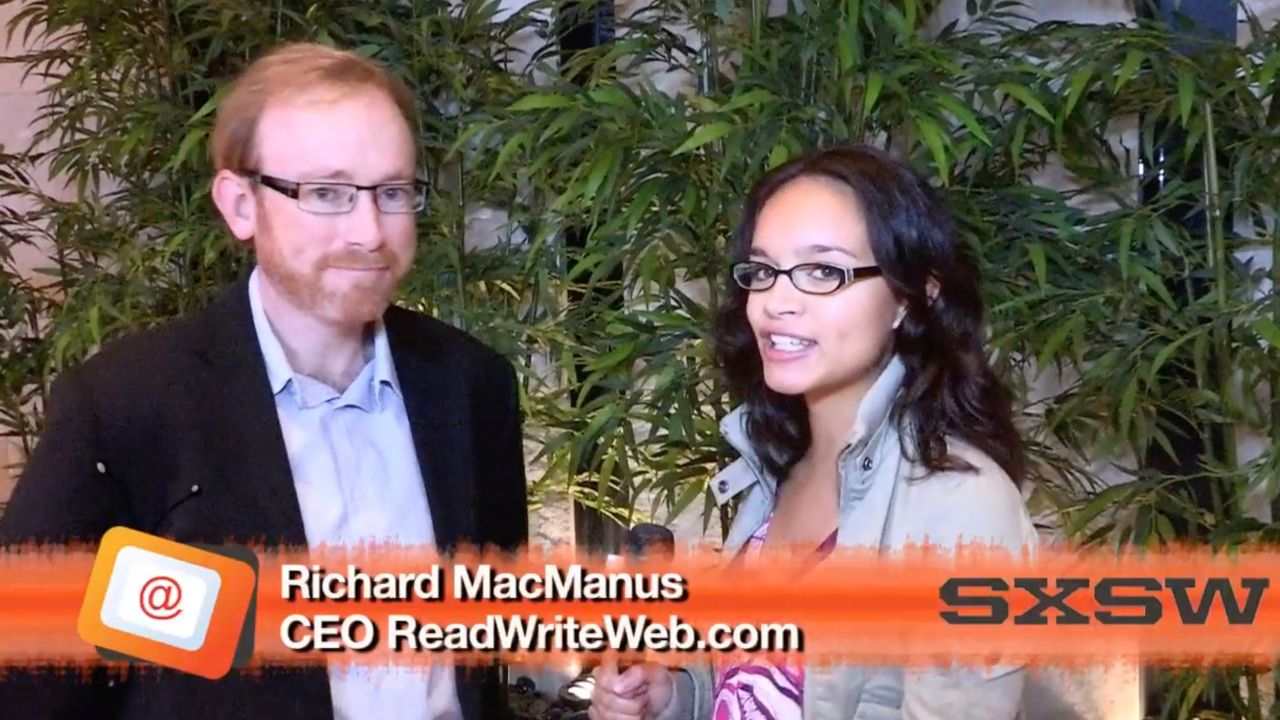
During the first couple of months of 2011, Sean was busy renegotiating ReadWriteWeb’s revenue deal with FM Publishing. In early March he delivered the new contract to me for my signature.
Sean had done well. Although FM would continue to take a decent slab of the revenue they brought in, we still had leverage because FM had lost some of our main competitors in tech blogging over the past year. TechCrunch and GigaOm had struck out on their own, and there were rumblings that Mashable might soon follow suit. On the other hand, we had looked into FM’s competitors and found them wanting—so FM was still in a strong position as well. Overall, I was happy with what Sean had negotiated. Our revenue had basically doubled over the last year, and we were now making a healthy profit every month. With the new FM deal, revenue looked like it would continue trending upward.

That said, the revenue targets in the agreement were contingent on continuing growth in traffic—and that was becoming a concern by March. Our page views dipped slightly after the stellar December, but even more worrying, there were signs of unrest among the writing staff. Ever since Frederic had walked at the end of last year, I’d been conscious that our inability to offer full-time employment (and all the benefits that accrued with it) was a major weakness in our business structure.
On March 9, just as I was about to board a flight to SXSW in Austin, Abraham emailed Marshall and me about his concerns about some of the writers. “Right now there are multiple writers actively looking for other jobs,” he wrote. “I don’t think I’m exaggerating when I say that we are in the middle of significant crisis, one that will lead to us losing some of our top page-view generators within the next couple of weeks.” According to Abraham, some writers on the main site were feeling “disorganized and confused.”
Although he didn’t name names, I had a fair idea who Abraham was referring to. Recently Marshall had raised concerns to me about the attitudes of Klint and Mike—it was clear he was struggling to work with both. I’d also seen an email discussion between Marshall and Audrey that had turned fractious. An even bigger concern for me was how all this back-and-forth—some of which played out on the group chat in Skype—was impacting Sarah. She was the one I really didn’t want to lose. Not only was she one of our top traffic drivers, but her articles were exactly what I wanted for RWW—cutting-edge, analytical, and passionate. I would see both Sarah and Mike at SXSW, so I made a mental note to talk to them one-on-one about the issues Abraham had raised.
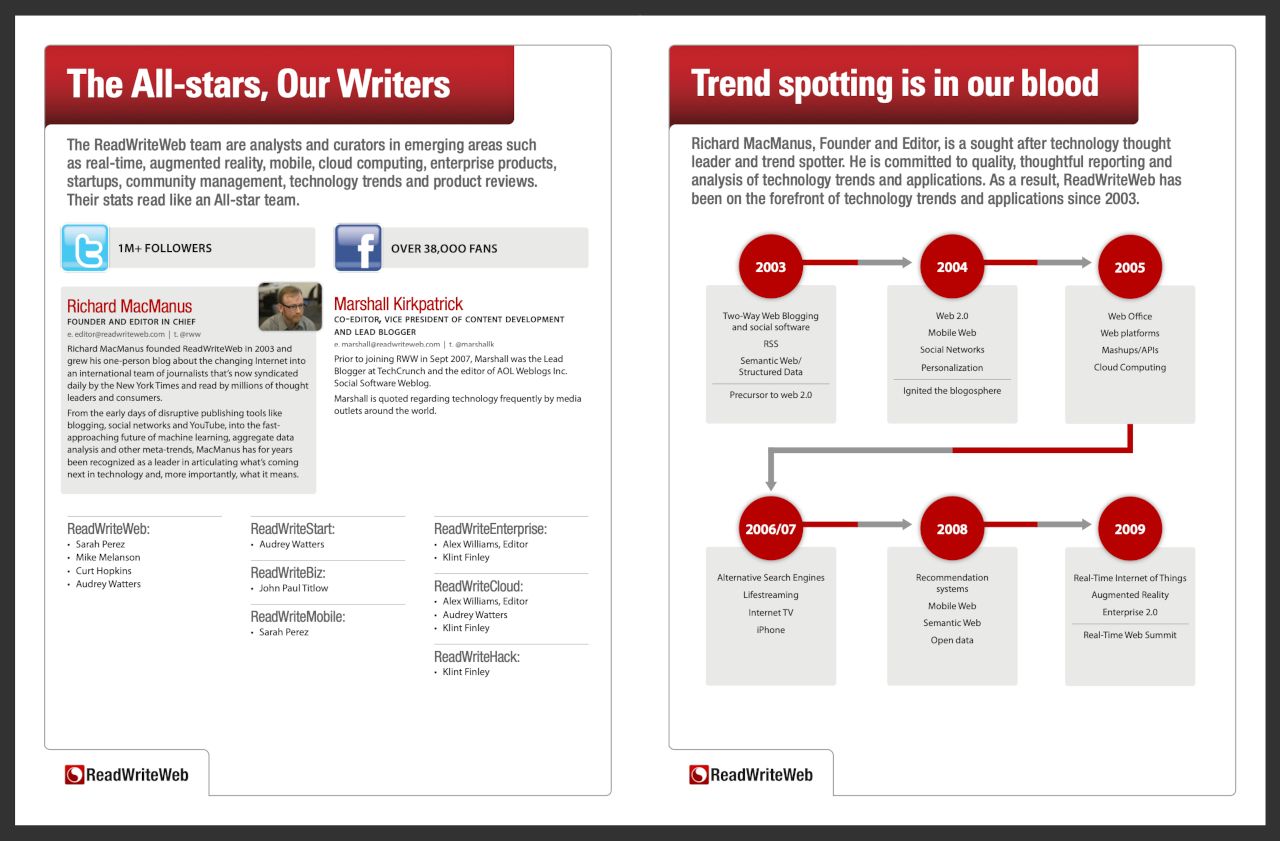
Abraham had made some good suggestions to address the overriding issues, which basically amounted to putting more formal newsroom processes into our operation. He noted that he would be able to help implement this, as he’d had experience as a managing editor or section editor at other newsrooms.
Later that day, he and Marshall met up in Portland to discuss the situation, after which Marshall came back to me with some suggested editorial improvements that he wanted to implement immediately. I asked him to hold off for now, as I wanted to review the business operations with him and Sean while we were in Austin. I also wanted to talk to the writers first, to get their side of the story.
Arriving at SXSW 2011
I arrived in Austin on Thursday, March 10. This year we had myself, Marshall, Sean, Sarah, Mike, Seamus, and Jared traveling to SXSW on the company dime (Alex and Tyler were also going, but they’d made separate arrangements). It would be my first time meeting both Sarah and Seamus, and I hoped to get to know them better during the trip. We arranged to all meet up at midday on Friday. Typically for a group email thread, we couldn’t decide on a location, but we decided to use a group messaging app called Beluga to coordinate on the day.
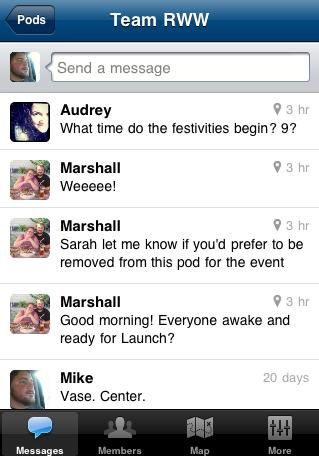
Since the beginning of the year, group messaging had been lining up to be the breakout activity at SXSW, just as tweeting and “checking in” had been for previous SXSW events. Mike had profiled Beluga a few weeks ago, explaining that you create a “pod” of people (Beluga’s name for a group), and each time one of you sends a message, everyone else gets it. Nowadays we associate this type of functionality with WhatsApp, which was on the market then but was seen as less of an online product and more about SMS.
By the time we’d all arrived in Austin, however, Facebook had acquired Beluga. This put something of a dampener on the group messaging hype—Twitter (in 2007) and Foursquare (in 2009) had broken out at SXSW partly because they were scrappy underdogs. It was another sign that the big tech companies were starting to dominate the internet. Certainly it augured badly for startup innovation that small companies such as Beluga were being acquired and assimilated before they’d even had a breakout moment. In any case, the RWW team still used Beluga for that Friday meetup.
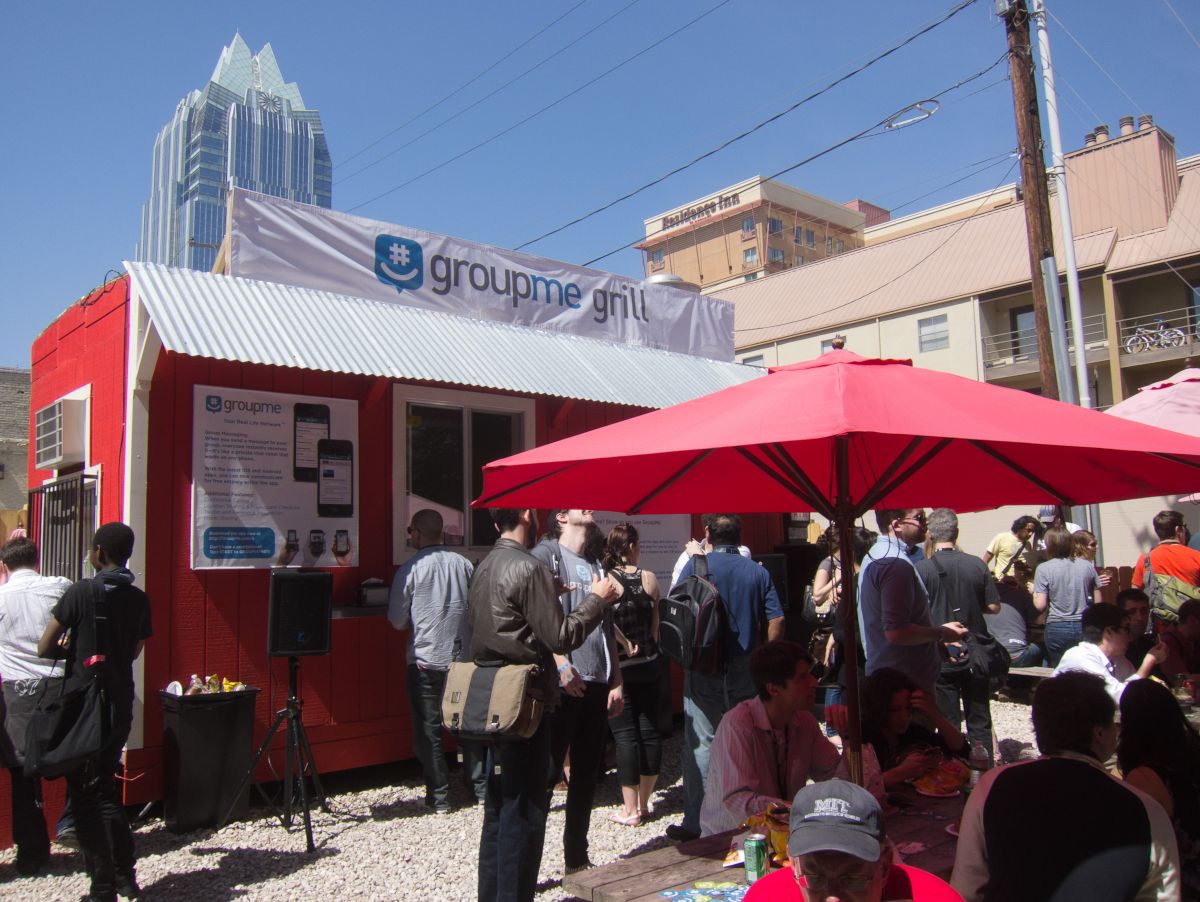
Sean’s travel plans were disrupted, so the first chance for everyone to gather in one place was Friday evening, when we hosted a dinner at Stubb’s Bar-B-Q for a small gathering of friends and sponsors.
Seamus had organized the dinner. When I met him that evening, I was a little surprised that he was shy and not that talkative. He was a heavyset guy with greasy black hair and thick glasses. He even seemed a bit morose. I didn’t want to be too judgmental; it was just that his personality didn’t match my idea of what a community manager in a social-web business should be. He was the opposite of our previous CM, the outgoing and vibrant character that was Jolie (although at least we actually saw Seamus at SXSW).
I’d met Sarah earlier in the day; it turned out she had a bubbly personality that matched her daily enthusiasm for tech. She was short, with shoulder-length straight blonde hair, and she seemed to be enjoying her first time at SXSW. She’d told me she had a full plate of interviews and parties on her calendar. “Welcome to the hustle and bustle of SXSW,” I said, like an old hand—even though this was just my second event. We made a plan to catch up sometime when we both had a gap in our schedules (easier said than done), to discuss the editorial issues that Abraham had brought up.
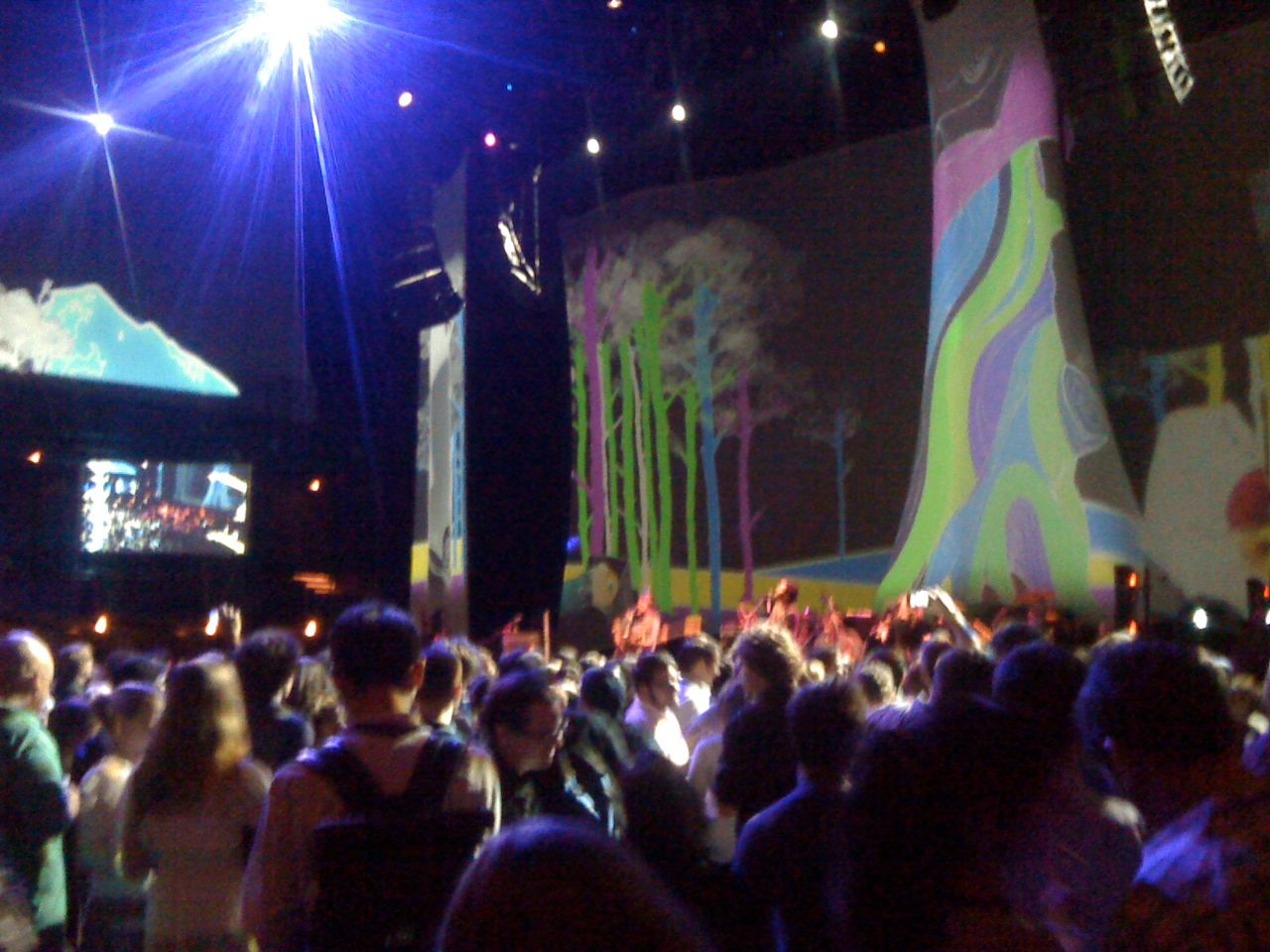
As the sponsors began coming into Stubb’s, Sean—who had arrived just in time for the dinner—led the way with glad-handing and small talk. Marshall and Mikalina arrived too, and then the rest of the team (other than Alex, who wouldn’t arrive until the next day) joined us for a barbecue meal. It wasn’t a big, loud party like the one Mashable was throwing, but our team, friends, and sponsors seemed to appreciate the chance to relax and chat about tech for a couple of hours before the chaos fully kicked in.
RWW Management Meetings
Sure enough, the first several days of SXSW were a whir of panels and parties (mostly the latter), but in between Sean, Marshall, and I made the effort to sit down a few times and discuss the business. First and foremost, we needed to address the editorial issues. I hadn’t yet spoken to Sarah or Mike, but we all agreed there needed to be more structure in our fast-growing editorial team. We decided to enhance Abraham’s role and have him facilitate the daily schedule and liaise directly with the writers. Curt would take over some of the copyediting role that Abraham had previously been doing. This would all free up Marshall to find stories for the team and, just as crucially, write more himself.
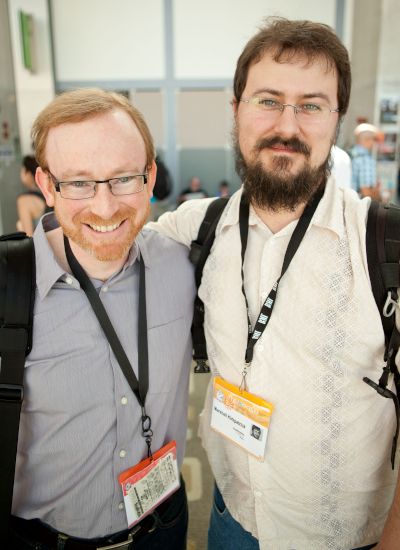
It wasn’t just scaling our news operation that was a problem. I was having trouble juggling channels and feature content editing amid my CEO duties, so we made the decision to hire a dedicated channels editor—in particular, to further grow our business channels. Enterprise-focused content wasn’t something I was passionate about, and we really needed a lift in the performance for those channels. We also wanted to move Alex Williams into a more community-focused role, as the sponsors loved him and he enjoyed networking with the enterprise IT community. So, to complement that, we figured we’d try and hire an old-school editor from one of the traditional IT publications—someone from ZDE or TechWeb circles.
Meanwhile, I would focus on what we called “evergreen” content—analysis posts that would stand the test of time, feature stories about long-term trends, and resource-style content (how-tos, and so on). I’d be working with Sarah to further that plan.
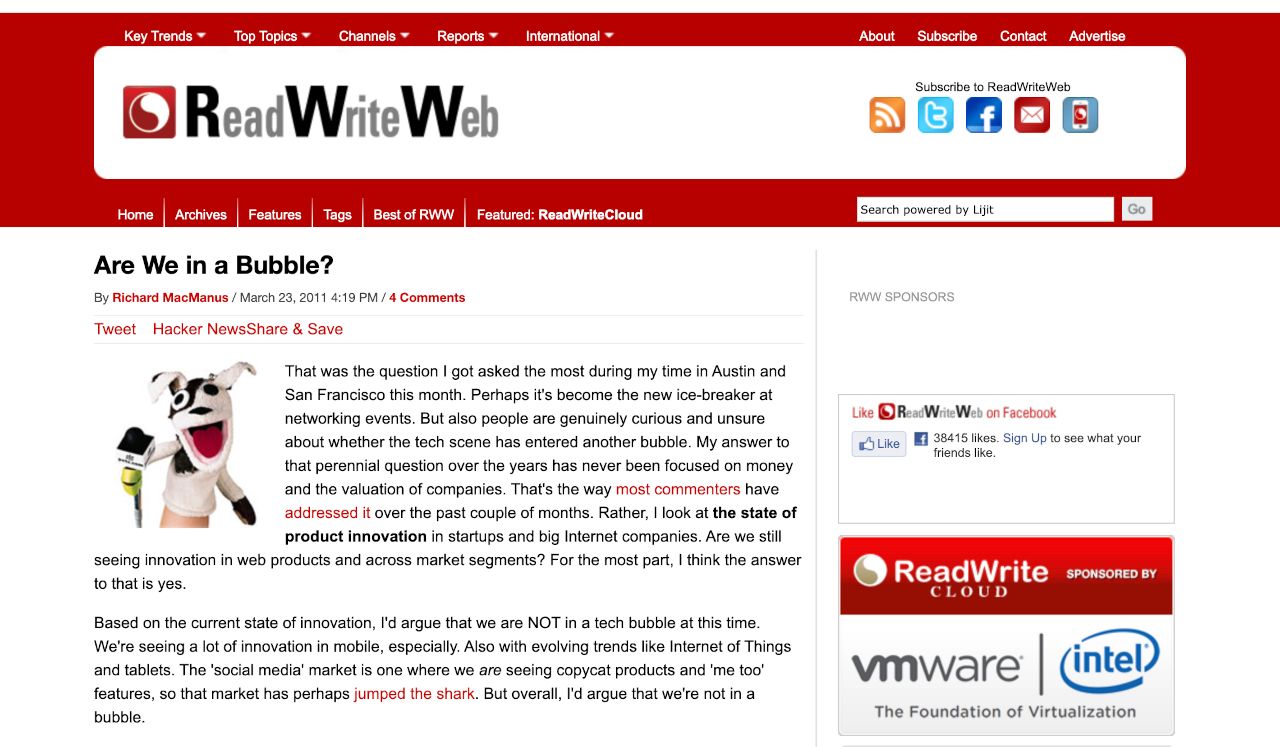
On the business operations side, we resolved to add a salesperson to the team to help Sean in his primary role of growing revenue. Seamus was managing our upcoming New York event, and Sean reiterated that it was especially important to make the event a financial success. We’d just announced it that very week on RWW, so it was too early to say how ticket sales would go. But we were a bit nervous, mainly because Seamus didn’t strike us as being a dynamic salesman. Still, we had to give him a chance and support him in promoting the event.
This post is part of my serialized book, Bubble Blog: From Outsider to Insider in Silicon Valley's Web 2.0 Revolution. View table of contents.
Next up: 058. Team RWW Meetings at SXSW 2011 and a Crisis of Confidence
Buy the Book
My Web 2.0 memoir, Bubble Blog: From Outsider to Insider in Silicon Valley's Web 2.0 Revolution, is now available to purchase:
- Paperback, US$19.99: Amazon; Bookshop.org
- eBook, US$9.99: Amazon Kindle Store; Apple Books; Google Play
Or search for "Bubble Blog MacManus" on your local online bookstore.